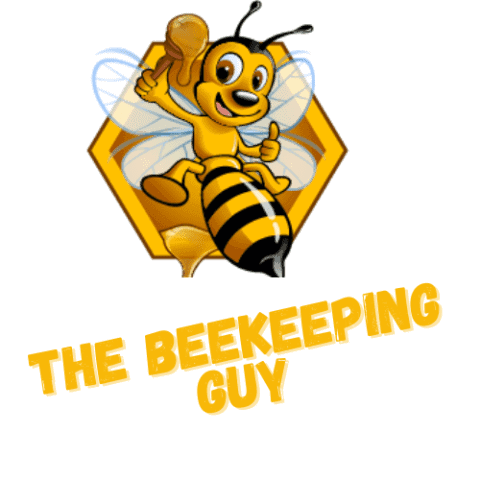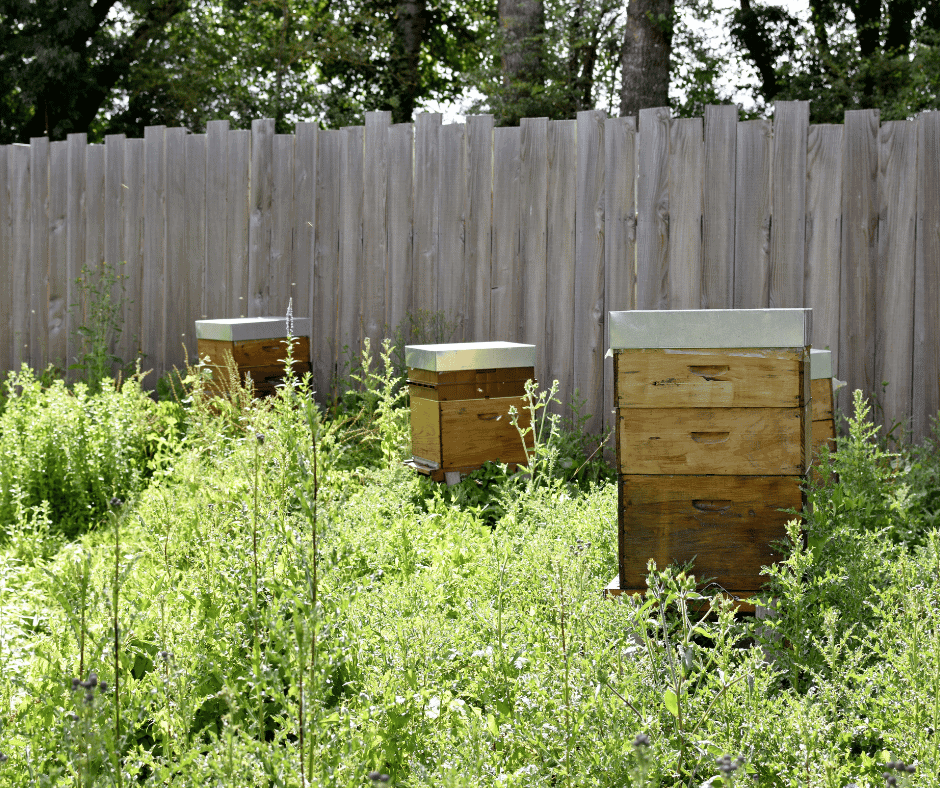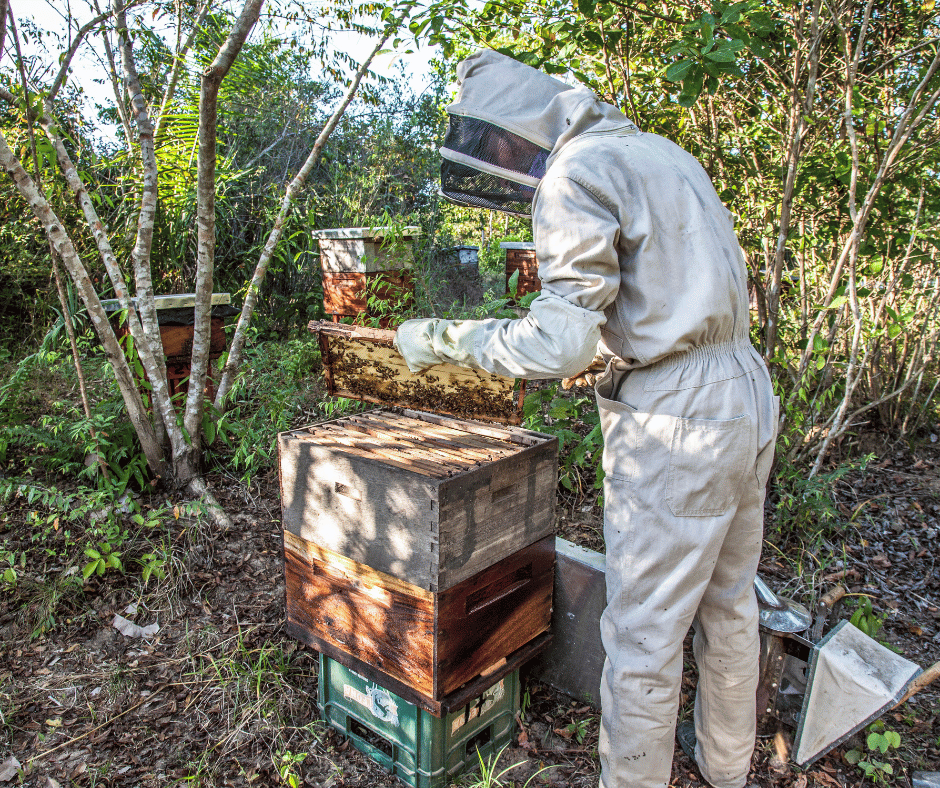
Bees play a vital role in pollination, which helps plants to reproduce and in turn, helps to sustain the food chain. They are also an important part of our food production system as they pollinate many of the fruits, vegetables, and nuts that we eat. Without bees, the world would be a vastly different place. But how long bees live is a question that many people ask.
Here we explore the lifespan of bees and the factors that affect their survival and answer the question “How long do bees live for?.
Understanding the lifespan of bees, and what affects it, is crucial to protecting these vital pollinators. We will also discover how we can take action to help protect these important insects, and in turn, protect our ecosystem and food supply.
Table of Contents
The Lifespan of Bees

The average lifespan of a worker bee:
The average lifespan of a worker bee is 6-8 weeks. Worker bees are responsible for foraging for food, caring for the young, and maintaining the hive. They are the most short-lived bees in the colony, due to the physical demands of their duties.
The average lifespan of a queen bee:
The average lifespan of a queen bee is several years. The queen bee is responsible for laying eggs and maintaining the health of the colony. She is usually larger and longer-lived than the worker bees.
Factors that can affect the lifespan of bees:
There are several factors that can affect the lifespan of bees, including disease, parasites, exposure to pesticides, and harsh weather conditions. Additionally, the availability of food, water, and suitable nesting sites can also play a role in determining the lifespan of bees. In recent years, Colony Collapse Disorder (CCD) has become a major concern for bee populations, as it results in the sudden disappearance of adult bees from hives, leaving behind only the queen and immature bees, which leads to the collapse of the colony.
Factors that Affect Bee Survival

Exposure to pesticides and other toxins:
Pesticides and other toxins can have a detrimental effect on bee populations. These chemicals can weaken bees’ immune systems, making them more susceptible to disease and parasites. Additionally, pesticides can also harm the foraging bees by reducing their ability to find food, and by harming the plants and other insects that the bees rely on for food.
Limited access to food and harsh weather conditions:
Food availability is crucial for bees’ survival. Weather conditions such as drought, floods, and storms can limit the availability of food, making it difficult for bees to find enough to eat. This can also lead to malnutrition, which can weaken bees’ immune systems, making them more susceptible to disease and parasites.
The decline of wildflowers and other plants that provide food and habitat for bees:
The decline of wildflowers and other plants that provide food and habitat for bees is a major concern. Urbanization, the use of pesticides, and other factors are causing the destruction of habitats, and this is making it harder for bees to find food and suitable nesting sites.
Urbanization and agricultural practices that lead to the destruction of habitats:
Urbanization and industrial agricultural practices are causing the destruction of habitats, which is making it harder for bees to find food and suitable nesting sites. Additionally, these practices often lead to the use of pesticides and other chemicals, which can harm bees and other pollinators.
How to Help Protect Bees

Reduce the use of pesticides:
One of the most effective ways to help protect bees is to reduce our use of pesticides. This includes using less toxic pesticides or using alternatives to pesticides whenever possible. Additionally, farmers and gardeners can also plant a variety of flowers, shrubs, and trees to provide food and habitat for bees and make sure to use pesticides only when necessary.
Support sustainable farming practices:
Supporting sustainable farming practices is another important way to help protect bees. This includes supporting farmers who use organic and other sustainable farming practices, which are less likely to harm bees and other pollinators. Additionally, we can also support farmers who use conservation tillage and other practices that help to preserve habitats for bees and other pollinators.
Provide food and habitat for bees:
Providing food and habitat for bees is one of the most effective ways to help protect these important pollinators. This can be done by planting a variety of flowers, shrubs, and trees that provide food and habitat for bees, as well as by creating nesting sites for bees. Additionally, homeowners can also provide food and water for bees by leaving a shallow dish of water in the yard and avoiding the use of pesticides in their gardens.
Support conservation efforts:
Supporting conservation efforts is another way to help protect bees. This includes supporting organizations that work to protect bees and other pollinators, as well as supporting government policies that help to protect bees and other pollinators.
We have learned that bees play a vital role in pollination, which helps plants to reproduce and in turn, helps to sustain the food chain. They are also an important part of our food production system as they pollinate many of the fruits, vegetables, and nuts that we eat. Without bees, the world would be a vastly different place.
We have learned that the average lifespan of a worker bee is 6-8 weeks, while the average lifespan of a queen bee is several years. The lifespan of bees can be affected by factors such as disease, parasites, exposure to pesticides, harsh weather conditions, food availability, and suitable nesting sites.
We have discussed the factors that affect bee survival, including exposure to pesticides and other toxins, limited access to food and harsh weather conditions, the decline of wildflowers and other plants, urbanization, and agricultural practices that lead to the destruction of habitats.
We have also discussed ways in which we can help protect bees, including reducing our use of pesticides, supporting sustainable farming practices, providing food and habitat for bees, and supporting conservation efforts. It is important that we all take action to protect these important pollinators, in order to ensure the health of our ecosystem and our food production system.
Final thoughts
As we have seen, bees are a crucial part of our ecosystem and play a vital role in pollination and food production. However, their populations are facing numerous threats. Therefore, it is essential that we take action to protect them. By reducing our use of pesticides, supporting sustainable farming practices, providing food and habitat for bees, and supporting conservation efforts, we can help ensure the survival of these important pollinators for generations to come.



